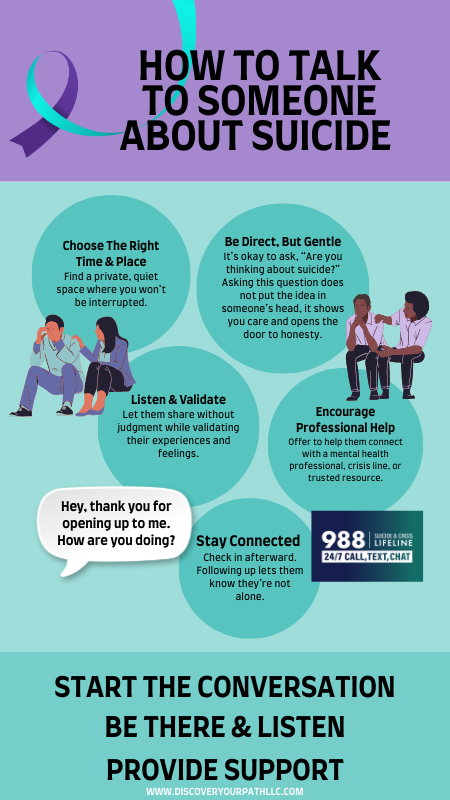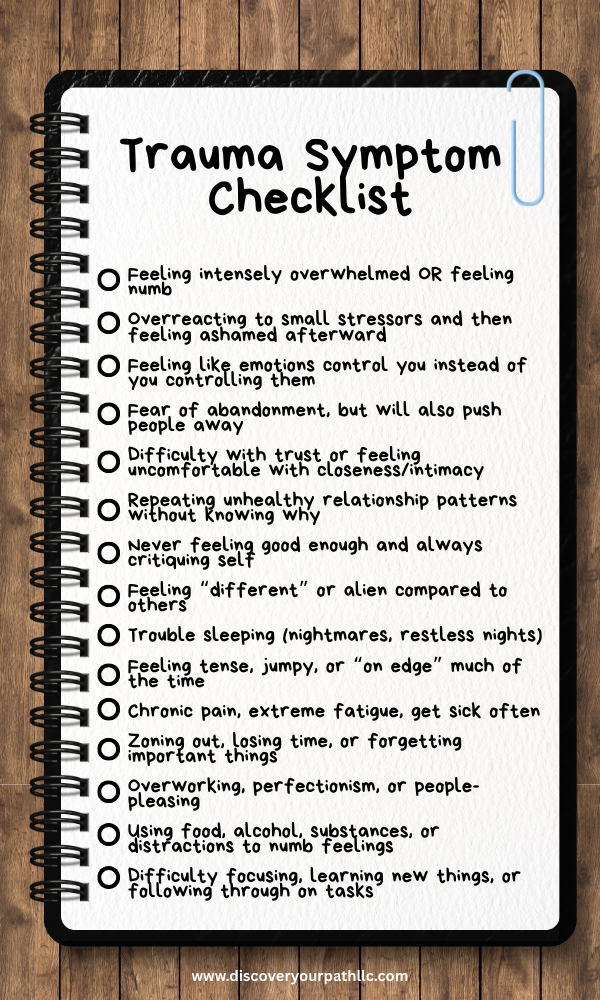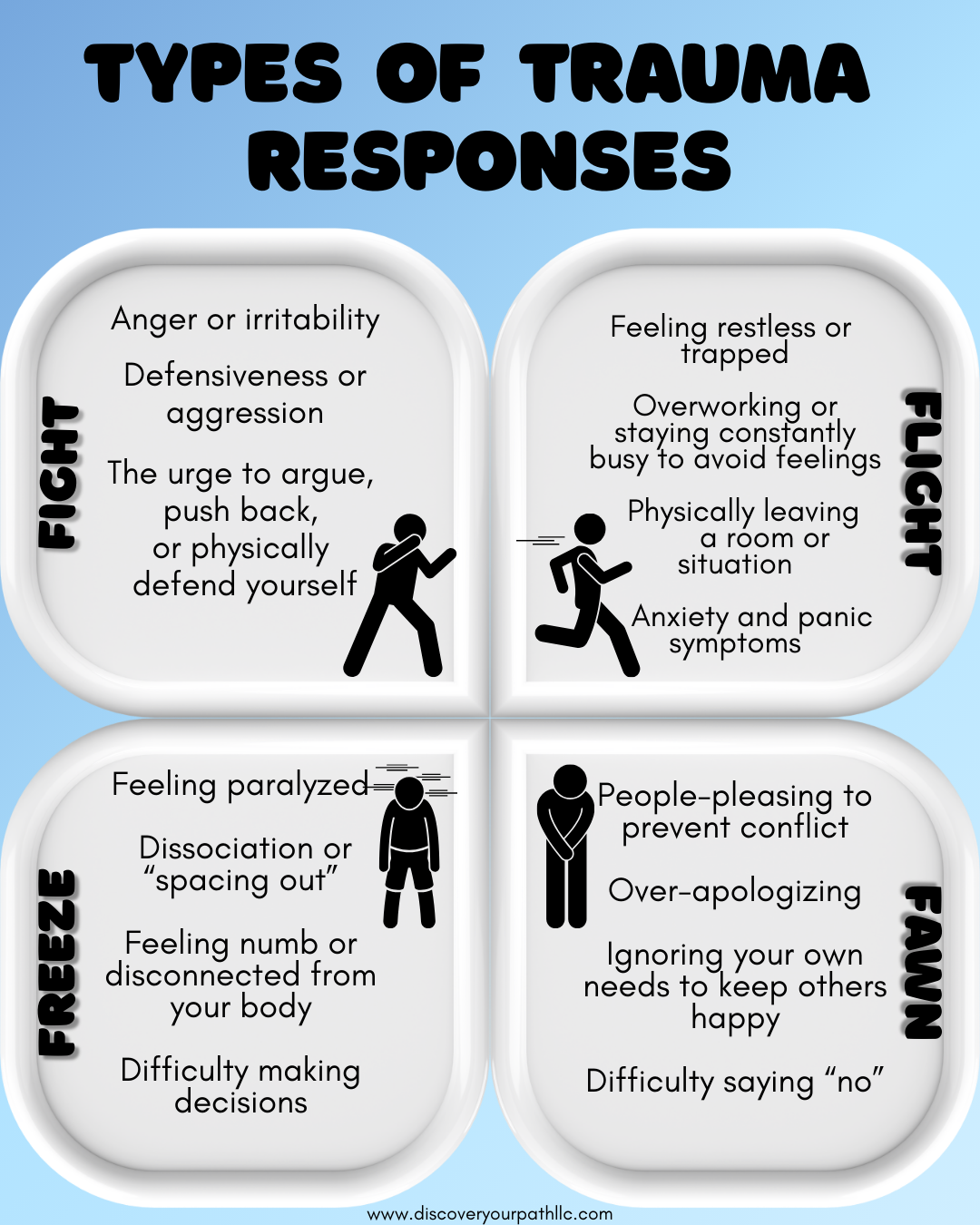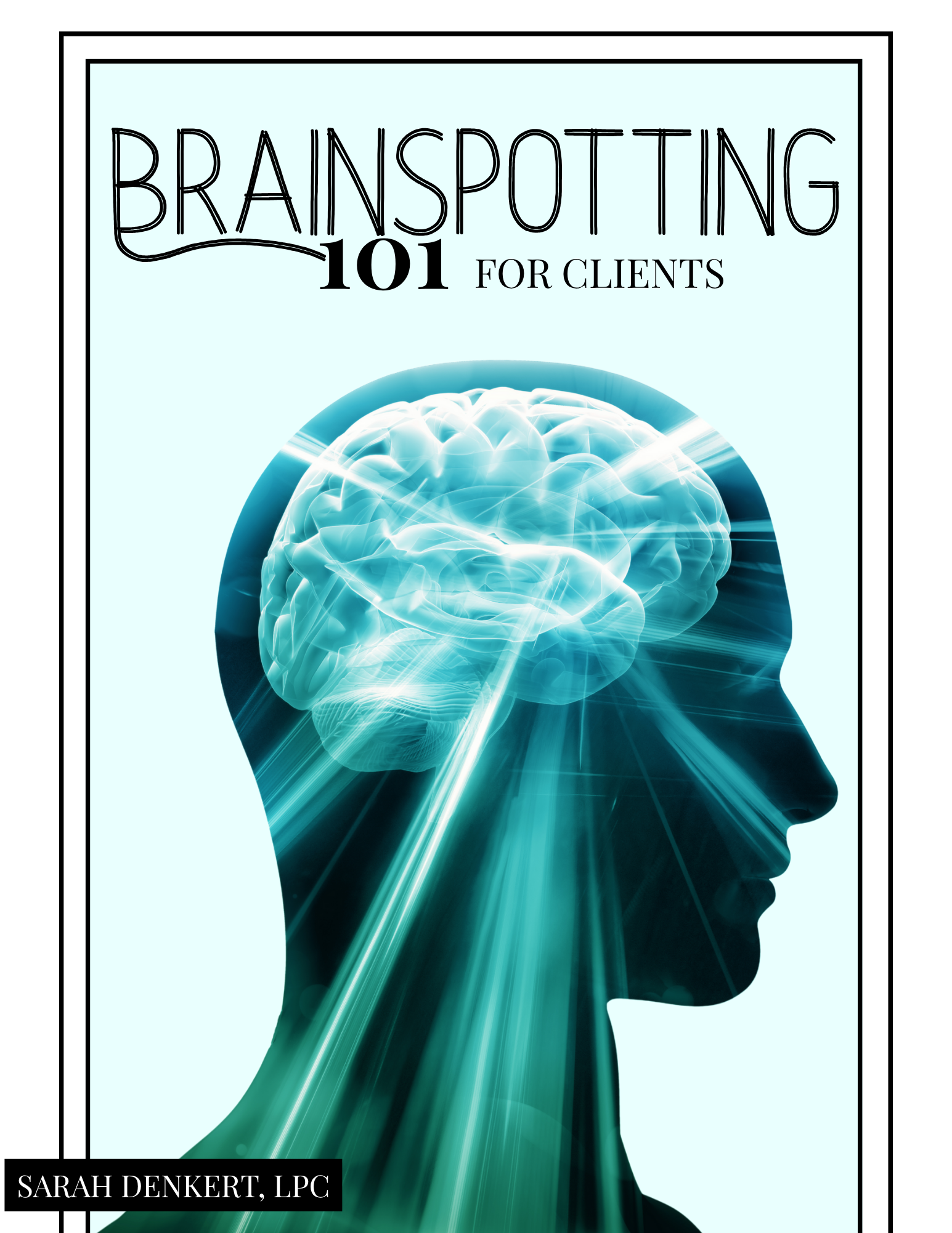
| Executive Functioning |
Executive functioning is the set of mental skills that helps a person plan, organize, stay focused, regulate emotions, and follow through on goals. Think of it as the brain’s internal operating system — when it’s running smoothly, day-to-day tasks feel manageable. When it’s overloaded, everything can feel harder than it “should.”
This visual map helps show how executive functioning is a system dependent on stability and support.

Understanding the Reflexive Resistance Spectrum: Why We Push Back Against Change
The Reflexive Resistance Spectrum helps us understand the many ways our mind and body react when we sense a threat to our psychological stability. Learn what the stages of reflexive resistance are, and how they manifest in moments of change.

Body Double: ADHD
Do you have ADHD? Do you struggle with getting started on tasks and completing them? This article discusses what Body Doubling is, and how it can benefit individuals with ADHD.

Rejection Sensitivity Dysphoria
This brief self-assessment is designed to help you reflect on how sensitive you are to perceived rejection or criticism, also known as Rejection Sensitive Dysphoria (RSD).

FREE DOWNLOAD
Support your nervous system with our free vagus nerve exercise cards: quick, practical tools to ground, relax, and find calm anytime


What is CPTSD?
When most people think of Post-Traumatic Stress Disorder (PTSD), they think about war veterans or someone surviving a tragic accident. However, these are not the only types of trauma that coincide with a diagnosis of PTSD. The experiences mentioned above also coincide with a diagnosis of PTSD. When the effects of trauma becomes long-lasting to the mind, body, and relationships of a person it can be identified as Complex PTSD.

September Is National Suicide Prevention Month: How We Can All Make a Difference
September is National Suicide Prevention Month, a time dedicated to raising awareness, sharing resources, and supporting those impacted by suicide. While conversations about suicide can feel heavy, they are also life-saving. By learning the signs, reaching out, and knowing where to turn for help, each of us can play a role in preventing suicide and offering hope.

Trauma Symptom Checklist
Trauma can be experienced in many different ways. This symptom checklist can help you identify behaviors or feelings you may experience.

Understanding Trauma Response Types
Understand what the 4 trauma response types are, how they present, and why they occur.

Which WI State Fair Food Are You Based On Your Attachment Style?
WI State Fair is the best state fair! Learn what fair food aligns with your attachment style.

Why Do I Keep Having Panic Attacks?
Are you wondering, “why do I keep having panic attacks”? This post will help you understand WHY you may be experiencing panic attacks, HOW panic attacks happen, and WHAT you can do to manage them.

Creating a Supportive Workplace for Neurodivergent Employees: A Guide for Employers
Learn how to create a supportive and inclusive workspace for employees who are neurodivergent.

Brainspotting Therapy For Trauma Healing
Download a free guide to learn what Brainspotting therapy is, and how it is powerful in trauma healing.

Healing Beyond Words: How Somatic Practices Transform Trauma Recovery
Trauma often lives beyond words, lodged deep within the body and nervous system. While traditional talk therapy offers valuable insight, somatic practices create unique, experiential pathways to access and process these embedded experiences. Together, these integrative approaches empower individuals to heal profoundly, transforming their relationship with their bodies and fostering resilience in the face of life’s challenges.

Neurodivergent vs. Neurotypical: Understanding the Differences and Embracing Neurodiversity
Have you heard the term neurodivergent? What about neurotypical? If you have, you may be wondering what they mean or which may apply to you. These terms help us understand and respect the different ways brains can function. Let’s break it down to help you learn what neurodivergent vs neurotypical actually is.

What Hyperindependence Is: A Trauma Response
Understand what hyperindependence is by reading our latest blog post!

Understanding the Difference Between Bipolar 1 and Bipolar 2
Understand what the difference between Bipolar I and Bipolar II disorder is.

When is Men’s Mental Health Month?
June is Men’s Mental Health Month. Men’s mental health is rarely talked about. Learn more about the stigma men face when struggling with their mental health and how you can help!

What is RSD ADHD?
Learn about rejection sensitive dysphoria and how it is connected to ADHD.